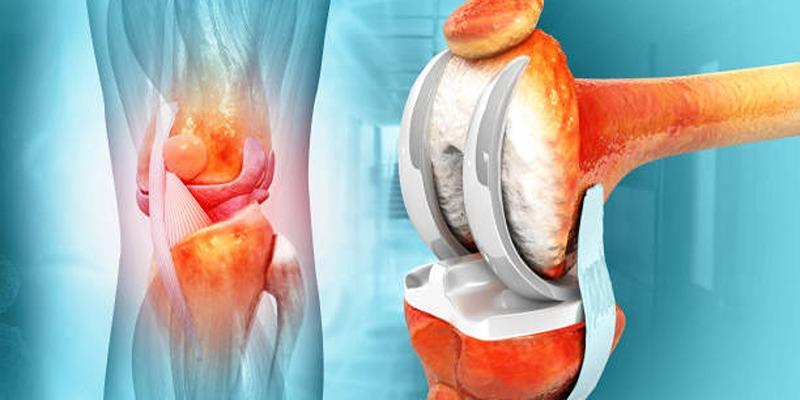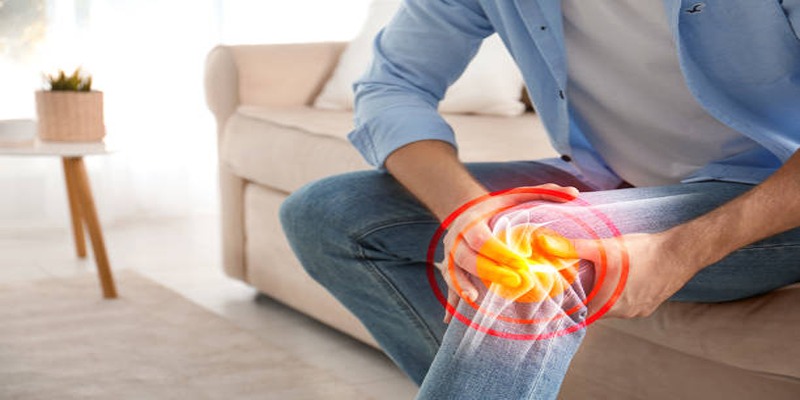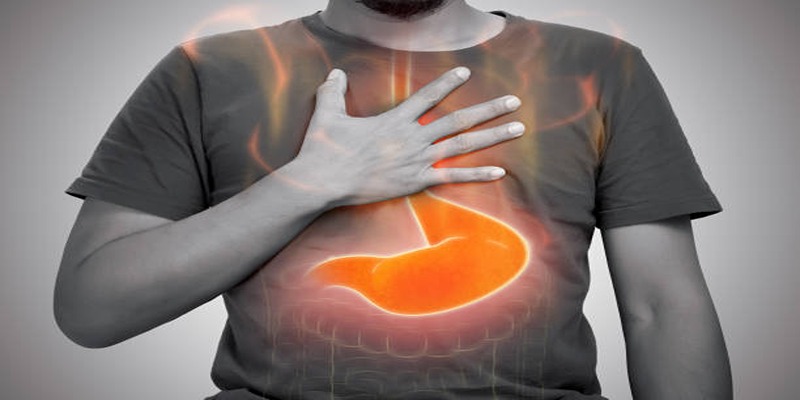Advertisement
Osteoarthritis remains a major health condition that impacts millions of patient globally, resulting to pain, stiffness and limited mobility of affected joints. Regarding its prevalence, it is the most frequent type of arthritis prevalent in elderly people and rare in youth, yet it might occur in youngsters with injuries or presupposing genetic predisposition. It is important to identify risk factors and early manifestations of osteoarthritis when treating joint diseases and aiming at improving their patients quality of life. Non-specific presentation of the condition causes its diagnosis to be made very late after the onset of symptoms; therefore, important signs include joint pain, stiffness and reduced mobility.
Osteoarthritis is a type of mechanical arthritis particularly affecting the extremities, including the knees, hips, lower back and wrists. Unlike other forms of arthritis, OA mostly affects cartilage a smooth but hard material found at the ends of your bones to enable sliding over one another smoothly. That phenomenon called osteoarthritis, where cartilage gradually degenerates, apparently due to the eecessity of bones grating against one another in some measure of pain and lack of flexibility.
While OA can occur in anyone, certain factors increase the likelihood of developing it, including:

Identifying the early signs of osteoarthritis can help in seeking appropriate treatment to slow the diseases progression. Here are some key symptoms to watch out for:
A common early symptom of OA is joint pain during or after movement. People often report pain that worsens after physical activity or at the end of the day. This pain may be mild initially, but it can become persistent as the cartilage continues to wear away.
Stiffness in the affected joints, particularly in the morning or after a period of inactivity, is another hallmark of early OA. This stiffness typically lasts for a short time (around 30 minutes) and gradually decreases with gentle movement.
Early osteoarthritis can cause a decreased range of motion in the affected joint, making movements more difficult. Individuals may find it challenging to bend or straighten a joint fully, and simple tasks like bending down, climbing stairs, or even gripping objects may become difficult.
Tenderness is often felt when pressing on or around the affected joint. This symptom may be noticeable during activities that put pressure on the joint, such as lifting objects, twisting, or bending. Joint tenderness can also increase with weather changes, particularly in colder or more humid conditions.
In some cases, osteoarthritis causes mild swelling in the affected joints. This swelling occurs due to inflammation in the joint lining or a build-up of fluid. While the swelling is often subtle, it can increase discomfort and make the joint appear slightly larger or more pronounced.
As OA progresses, the damaged cartilage may cause a sensation of grating or clicking when moving the joint. This sensation, known as crepitus, occurs when the roughened cartilage surfaces rub together. It is especially common in the knees and can be a strong indicator of cartilage damage.
Chronic joint pain and discomfort can lead to fatigue and reduced energy levels. The physical and emotional strain of dealing with OA symptoms can take a toll on overall well-being, making it harder to engage in daily activities.
If you're noticing early signs of osteoarthritis (OA), seeking medical advice is crucial to determine if OA is the underlying cause. Early diagnosis is key to effective management. Healthcare providers typically employ a combination of methods to diagnose OA:

Detecting osteoarthritis early presents an opportunity to effectively manage symptoms. Here are some essential strategies to consider:
Staying active is vital for maintaining joint function and flexibility. Low-impact exercises like swimming, walking, and cycling can enhance strength and alleviate joint pain without placing excessive strain on the joints. Additionally, stretching exercises improve flexibility, while strength training supports surrounding muscles, reducing the load on joints.
Maintaining a healthy weight is crucial for minimizing stress on weight-bearing joints. Every extra pound can translate to four pounds of additional pressure on the knee joints, hastening cartilage deterioration. A balanced diet and regular physical activity can aid in weight management and alleviate OA symptoms.
Physical therapists can create customized exercise programs aimed at enhancing joint function and relieving pain. Techniques such as ultrasound therapy, heat and cold applications, and joint manipulation can be effective in early-stage OA, improving mobility and reducing discomfort.
Over-the-counter pain relievers, like acetaminophen and nonsteroidal anti-inflammatory drugs (NSAIDs), can provide temporary relief from OA pain. Topical creams and ointments containing anti-inflammatory ingredients may also help alleviate discomfort. Its important to consult with a healthcare provider before beginning any pain management regimen.
Learning how to protect your joints can minimize damage and lessen pain. Techniques to consider include:
Mindfulness-based practices, like yoga and tai chi, can offer significant benefits for those with OA. These activities promote flexibility, reduce stress, and foster relaxation, which can help alleviate joint pain and fatigue.
Recognizing the early signs of osteoarthritis is vital for slowing its progression and effectively managing symptoms. Paying attention to joint pain, stiffness, and a reduced range of motion can prompt timely medical evaluation and intervention. By combining lifestyle modifications, physical therapy, and potentially medication, individuals with OA can maintain an active lifestyle and minimize discomfort. If you suspect you have osteoarthritis, consulting a healthcare professional can enhance your quality of life and promote long-term joint health.
Advertisement

By Gabrielle Bennett /Jan 09, 2025

By Georgia Vincent/Oct 20, 2024

By Nancy Miller/Oct 28, 2024

By Vicky Louisa/Oct 21, 2024

By Madison Evans/Nov 20, 2024

By Celia Kreitner/Oct 12, 2024

By Martina Wlison/Oct 26, 2024

By Susan Kelly/Jan 19, 2025

By Celia Shatzman/Jan 01, 2024

By Triston Martin/Oct 20, 2024

By Elena Davis/Jan 07, 2025

By Paula Miller/Oct 12, 2024